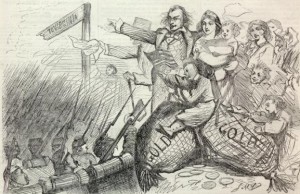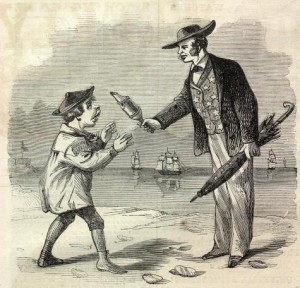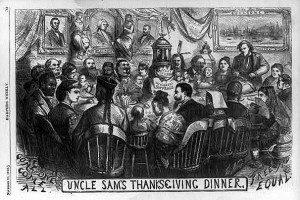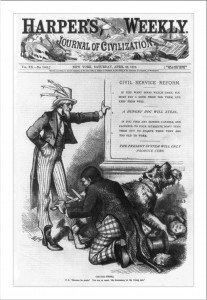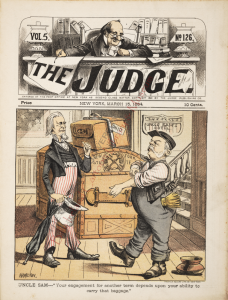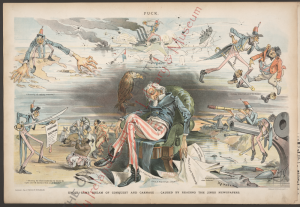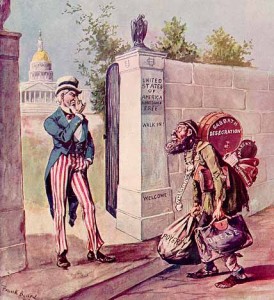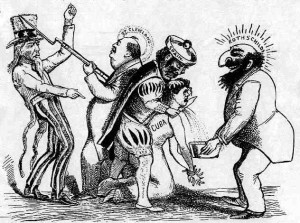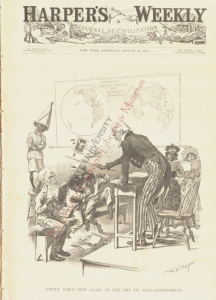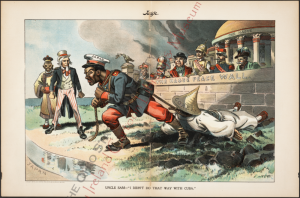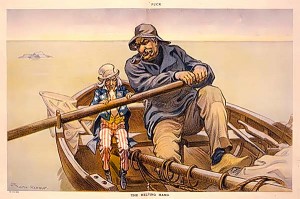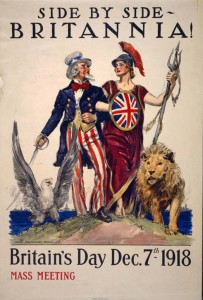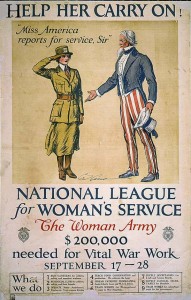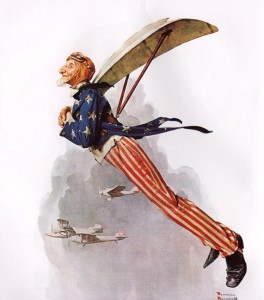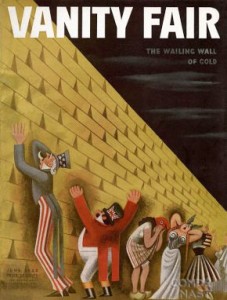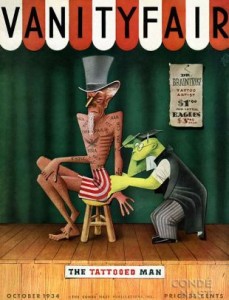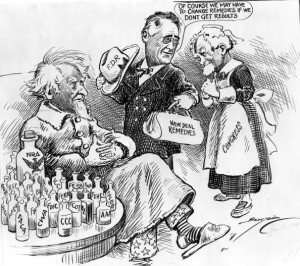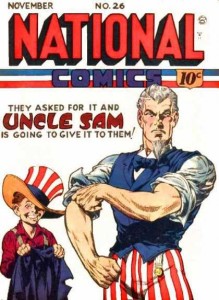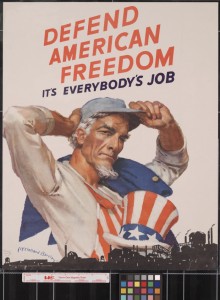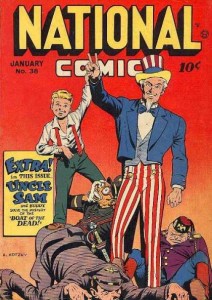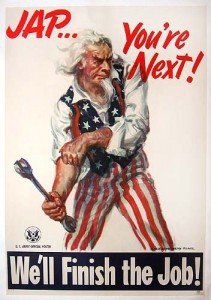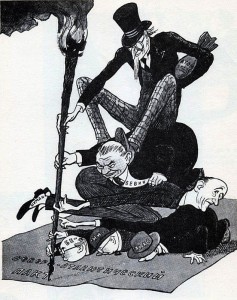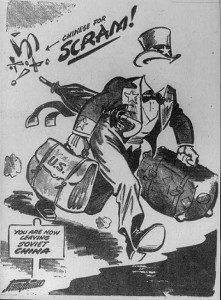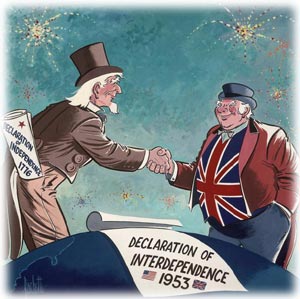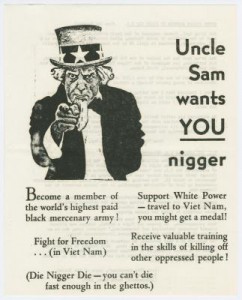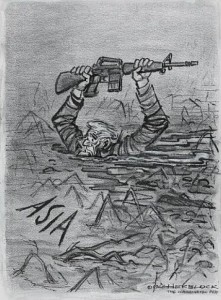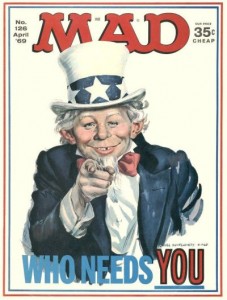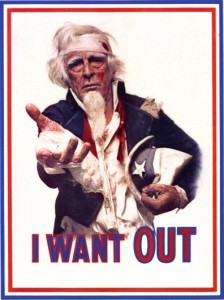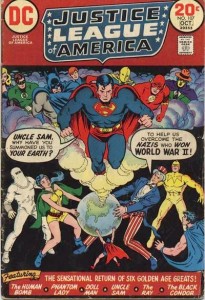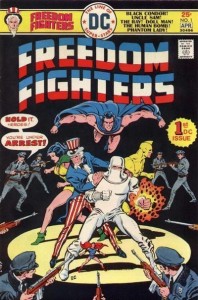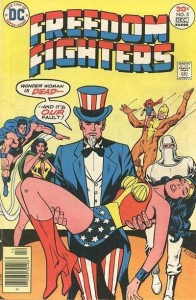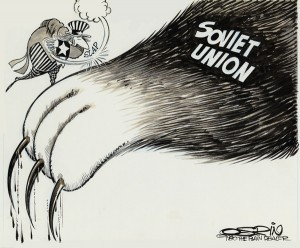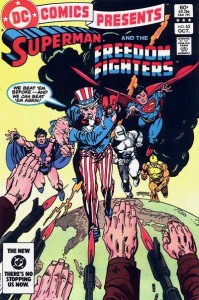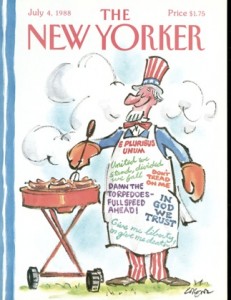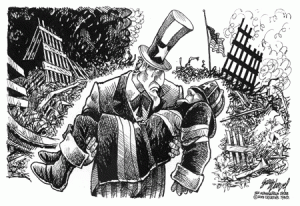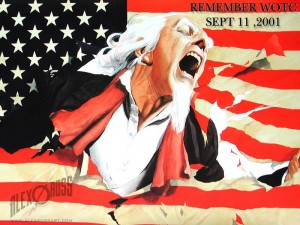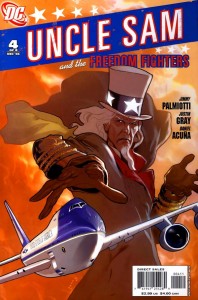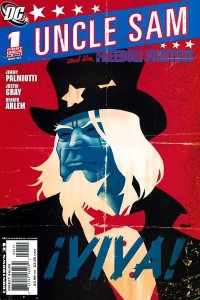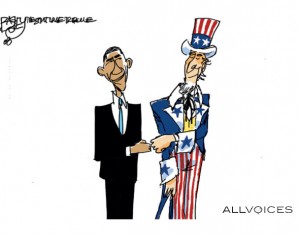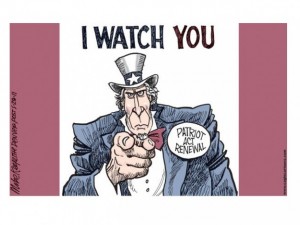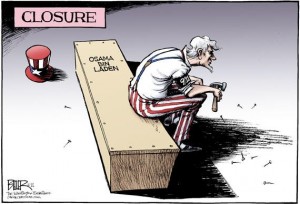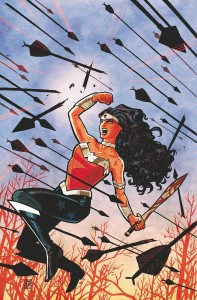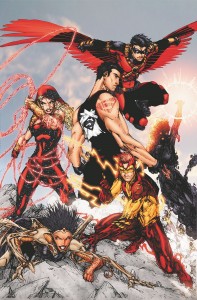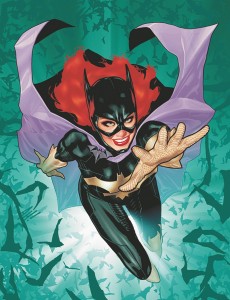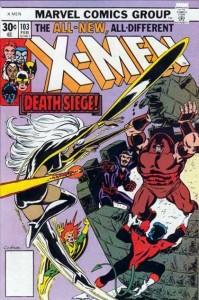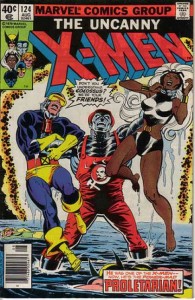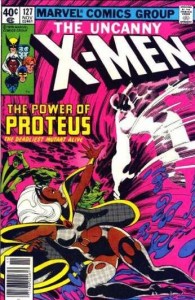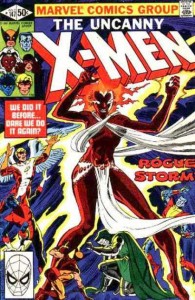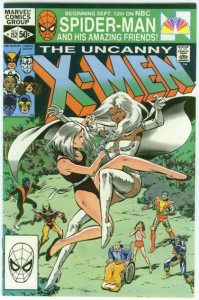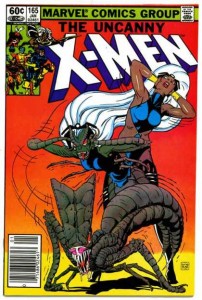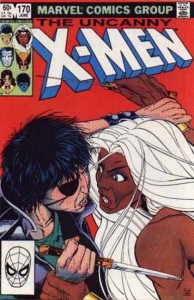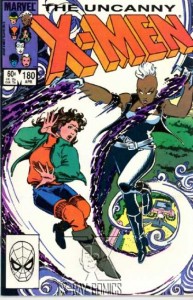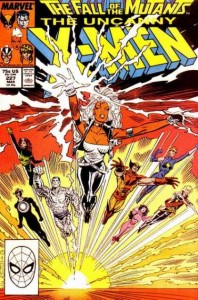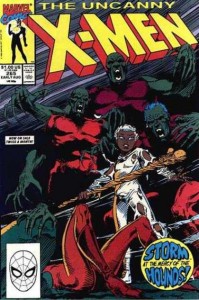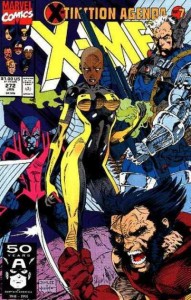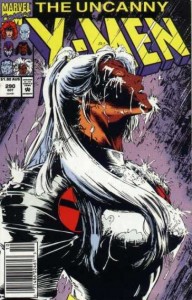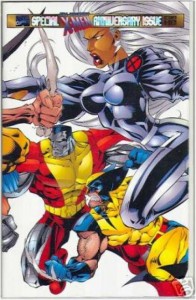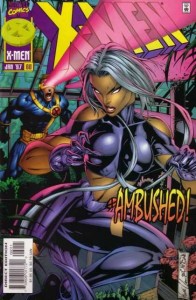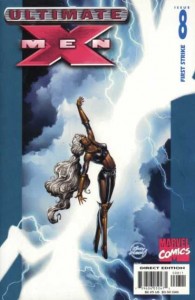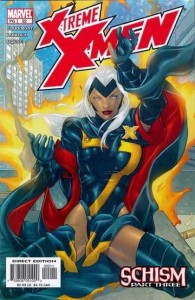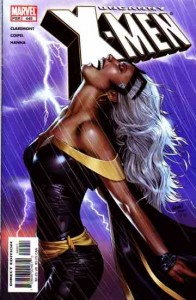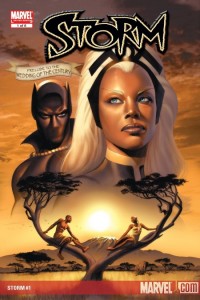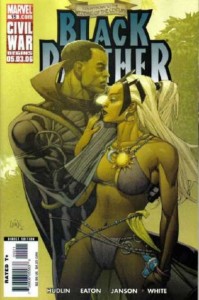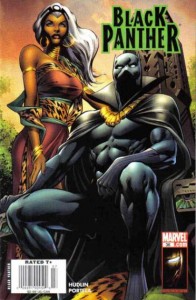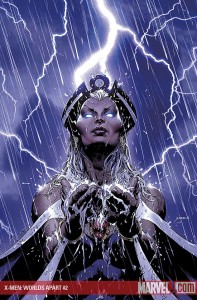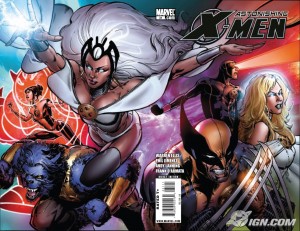Stupidity Type I: The Thoughtless Consumer
Last Saturday I purchased a ticket for Transformers 3: Dark Side of the Moon. I admit that I did this of my own free will, even though I knew the movie was about robots that turn into overpriced toys, and even though I was supporting the career of Michael Bay. I was bored, my friends were bored, and we had disposable income that must be spent.
.
Stupidity Type II: Jingoism
The Autobots (good Transformers) are apparently working for the U.S. government, which includes destroying an “illegal” nuclear weapon site in “The Middle East.” I’m fairly certain there’s more than one country in “The Middle East,” but the movie doesn’t specify which one. Nor does it specify under which law the nuclear site is “illegal,” but I’m going to assume its the Muslims Can’t Have Anything Unless We Say So Act (MCHAUWSSA). But all that really matters is that the Autobots blow up some uppity brown people, proving that they’re the good guys.
.
Stupidity Type III: Pathetic Male Fantasies
Shia LaBeouf returns as Sam Witwicky, who’s in a serious relationship with The Girl (I can’t remember the character’s name, and it doesn’t really matter). The Girl is insanely gorgeous, gainfully employed, and quite wealthy, given that she can afford a building (not just an apartment, an entire fucking building) in the heart of Washington, D.C. Sam is average-looking, unemployed, and spends the first hour of the movie constantly complaining that the world does not appreciate his awesomeness. Naturally, The Girl is crazy about Sam. She allows him to live rent free in her palace, props up his ego by getting herself captured (so he can rescue her), and she spends the entire movie reassuring him that he is, indeed, awesome, despite the overwhelming evidence to the contrary.
.
Stupidity Type IV: Infantile Nostalgia
Leonard Nimoy does the voice of Sentinel Prime. Or maybe it was Spock Prime, I can’t remember. More importantly, Nimoy also did a voice in the animated Transformers movie back in 1986. Do you know who else was in it? Robert Stack! And Judd Nelson! And Eric Idle! And Casey Kasem! And Orson Welles! And the soundtrack had a song by Weird Al’ Yankovic! That shit was cool. Oh, and one of the characters actually said “shit,” which was also cool. Best. Transformers movie. Ever.
.
Stupidity Type V: Homophobia
The last Transformers movie was racist. But mocking black people through jive-talking robots is no longer acceptable. It’s okay to mock gay people though, because queerness is funny. Like the scene where the crazy Chinese guy drops his pants and rubs up against Witwicky in the workplace bathroom, and then his boss (John Malkovitch!) walks in, and he thinks Witwicky is gay! It’s funny because Witwicky is a supermodel-dating straight dude. And there’s the character named Dutch (played by Alan Tudyk, for all you Browncoats), who’s the very exemplar of the mincing queer stereotype. The movie doesn’t overtly acknowledge that he’s gay though, because that would make people uncomfortable.
.
Stupidity Type VI: Enthusiasm for Mass Destruction
I’m glad that Chicago got fucked up. Every alien invasion movie takes place in either New York or Washington. America has plenty of great cities, and they deserve to be devastated too.
.
Stupidity Type VII: Music Videos
Michael Bay began his career doing music videos, which is where he learned that no shot should last more than three seconds. Who needs pacing or spatial relationships when you have rapid-fire editing to remind you that every scene is just as exciting as the last one? One hour into this extended music video and I started to feel dizzy. Another hour in and my eyes felt like they were popping out of my skull. And there was still another half hour to go. By the end of the movie my brain was leaking out my ears but at least it no longer hurt.
.
Stupidity Type VIII: Bill O’Reilly
Bill O’Reilly has a cameo.
.
Stupidity Type IX: Anthropocentrism
In a movie called Transformers, you would think that the big climax would involve the titular Transformers. But actually, the big climax is a fight between Witwicky and McDreamy (a.k.a. Patrick Dempsey). Someone thought that the audience actually wanted to see that rather than more scenes of giant robots smashing Chicago. I find that doubtful, but maybe people hate Grey’s Anatomy so much they want to see McDreamy beaten up by the crappy lead character? I’ve never watched Grey’s Anatomy so I can’t say I hate it, but I do hate the nickname McDreamy. The point is humans always have to be the center of the story, even when they all suck.
.
Stupidity Type X: It’s Not Evil When Good Guys Do It
At the end of the film, Optimus Prime kills Spock Prime. And it isn’t “heat of battle” killing. It’s “busting a cap in Spock’s head while he’s injured and begging for mercy” killing. But it’s okay, because Optimus is the good guy. And after 157 minutes of mind-numbing idiocy, would it really be appropriate to include an ending with taste, decency, and a modicum of intelligence? This was the only way Transformers 3 could end and remain true to its principles.


